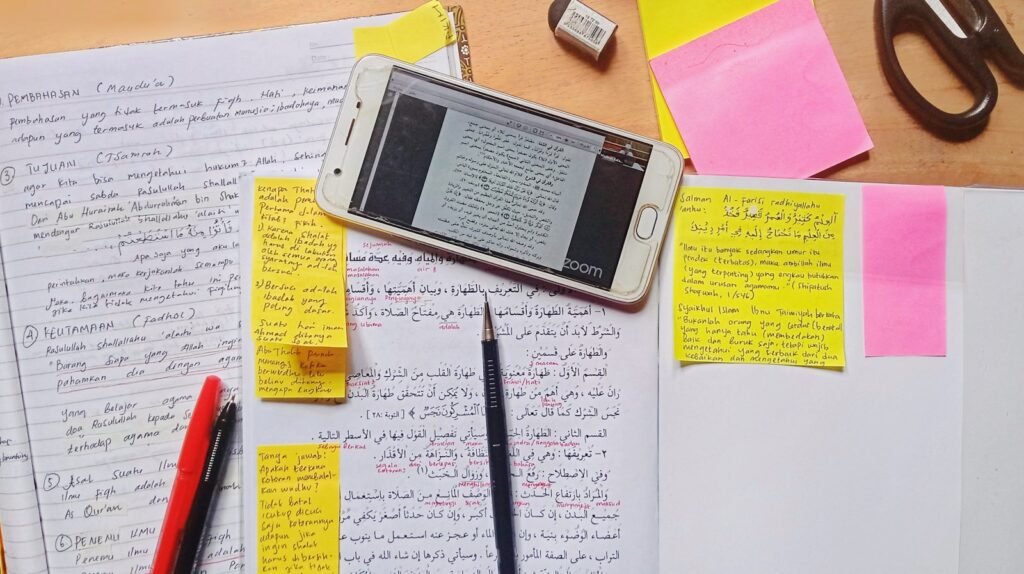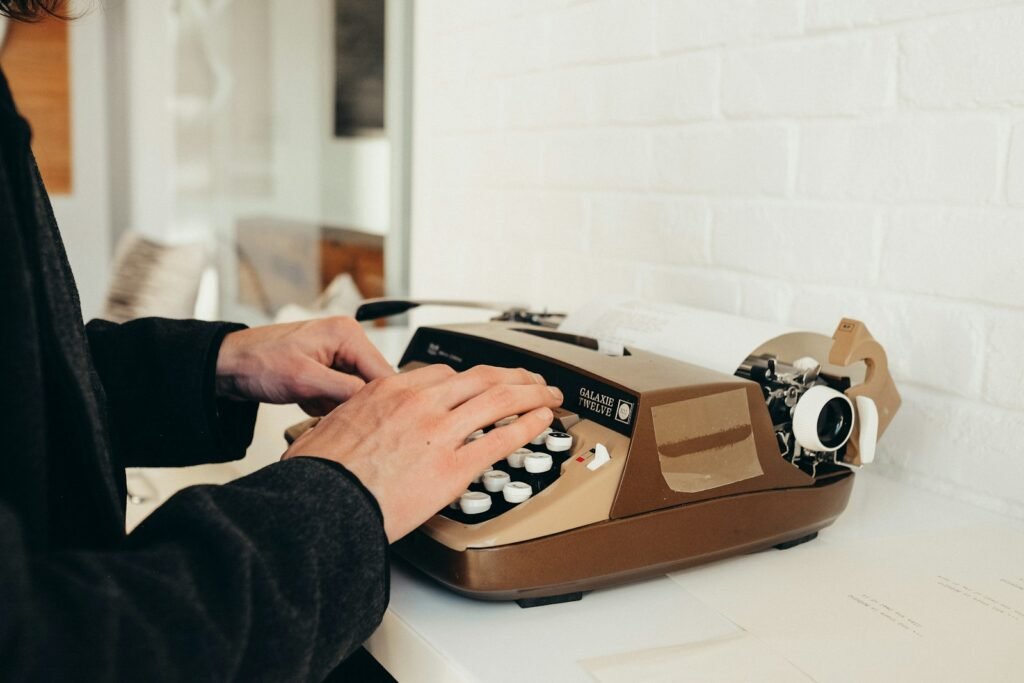
I. Introduction
Welcome to the perplexing world of essay writing! Prepare yourself for a whirlwind journey through the intricacies of structured ideas and intellectual exploration. As we delve into this enigmatic realm, let us heed the sage advice of Mark Twain, who famously remarked on the power of choosing the right words: “The difference between the right word and the almost right word is like lightning compared to a lightning bug.
Essays, my esteemed companions, are akin to mysterious puzzles waiting to be unraveled. Each word, each sentence, and each paragraph serves as a fragment that we painstakingly piece together in order to create a masterpiece of reasoning and persuasion. Just as Vincent van Gogh meticulously crafted Starry Night with his paintbrush, so too shall we weave intricate tapestries with our words, capturing the very essence of our thoughts and concepts. So brace yourselves, dear readers, for an exhilarating plunge into the tempestuous waters of creativity and intellect that define essay writing!
Developing Body Paragraphs
Oh, the thrill of delving into body paragraphs! This is where our analytical skills are put to the test as we plunge into the rich details. It’s akin to unraveling a complex puzzle – each piece revealing a new and fascinating aspect. As Mark Twain famously mused, “The distinction between the almost right word and the right word is really a significant matter. It’s like differentiating between a lightning bug and actual lightning.” So, let us be meticulous in selecting our words for these paragraphs.
When constructing our body paragraphs, it is essential to incorporate ample evidence and examples to support our arguments. As Albert Einstein wisely noted, “The most beautiful thing we can experience is the mysterious. It is the origin of all genuine art and science.” Let us infuse some enigma and allure into our writing by including compelling examples that will enthrall our readers. Remember, it’s not just about presenting facts – it’s about crafting a vivid narrative that will resonate with others. So, let’s get innovative in gathering evidence for our work!
Analyzing Similarities and Differences
Oh, the intricate dance of uncovering resemblances and disparities – it’s akin to embarking on a quest to pinpoint the extraordinary unicorn amidst a sea of ordinary horses. To undertake this mission, one must embody their inner sleuth and scrutinize with hawk-like precision the subtle nuances that either distinguish or unite entities. It’s as if one is a linguistic Sherlock Holmes, except instead of solving crimes, they are deciphering the enigmas of words and concepts.
Within the domain of writing, dissecting similarities and differences mirrors untangling the convoluted interplay between creativity and rationale. It’s like juggling oranges and apples – both fruits sharing common ground yet possessing distinct succulent essences. While Mark Twain once warned that “Comparison is the death of joy,” in crafting compelling prose, it serves as the vital force propelling the narrative forward. So, dear reader, arm yourself with sharpened pencils and an open mind as we embark on a journey into the bewitching realm of parallels and contradictions within composition.
Including Evidence and Examples
Oh, the enigmatic art of punctuating an essay with evidence and examples it’s akin to sprinkling magic dust on a delectable ice cream sundae, wouldn’t you agree? Just as a robust chair requires its sturdy legs for support, your arguments in an essay necessitate concrete proof to stand tall and resolute. Therefore, when contemplating the inclusion of evidence and examples, envision yourself as a sleuth unraveling an enthralling mystery diligently scouring for clues to unravel the case wide open!
Now, let us delve into the realm of evidence and examples within your writing. Envision this: you are a sorcerer weaving a mesmerizing spell for your spectators. Your evidence serves as the enchanted wand that bedazzles with its otherworldly abilities, while your examples are the dazzling illusions that leave all spectators in utter amazement. In the words of the esteemed Jane Austen, “The distance is nothing when one has a motive.” Henceforth, allow your evidence and examples to act as the impetus propelling your essay forward with purpose and unwavering conviction.
Crafting a Strong Conclusion
Crafting a powerful conclusion is akin to adding the final sprinkle of magic on an already enchanting spell – it’s that elusive essence that lingers in the minds of your audience long after they’ve finished reading. Picture it as your moment to dazzle, to neatly wrap up your musings, and to leave a trail of wonder behind you. How does one master this art of conclusion crafting and ignite a spark within their readers? It all boils down to striking the perfect equilibrium between summarizing key points and planting a seed for contemplation.
One effective technique is revisiting your thesis statement – that beacon which guided you through the labyrinth of ideas like a faithful companion. Remind your audience of the odyssey they embarked on with you and how every twist and turn ultimately circles back to that initial notion. In the wise words of Maya Angelou, “I’ve learned that people will forget what you said, people will forget what you did, but people will never forget how you made them feel.” Thus, aim to leave your readers satiated, enlightened, and thirsting for more wisdom.


